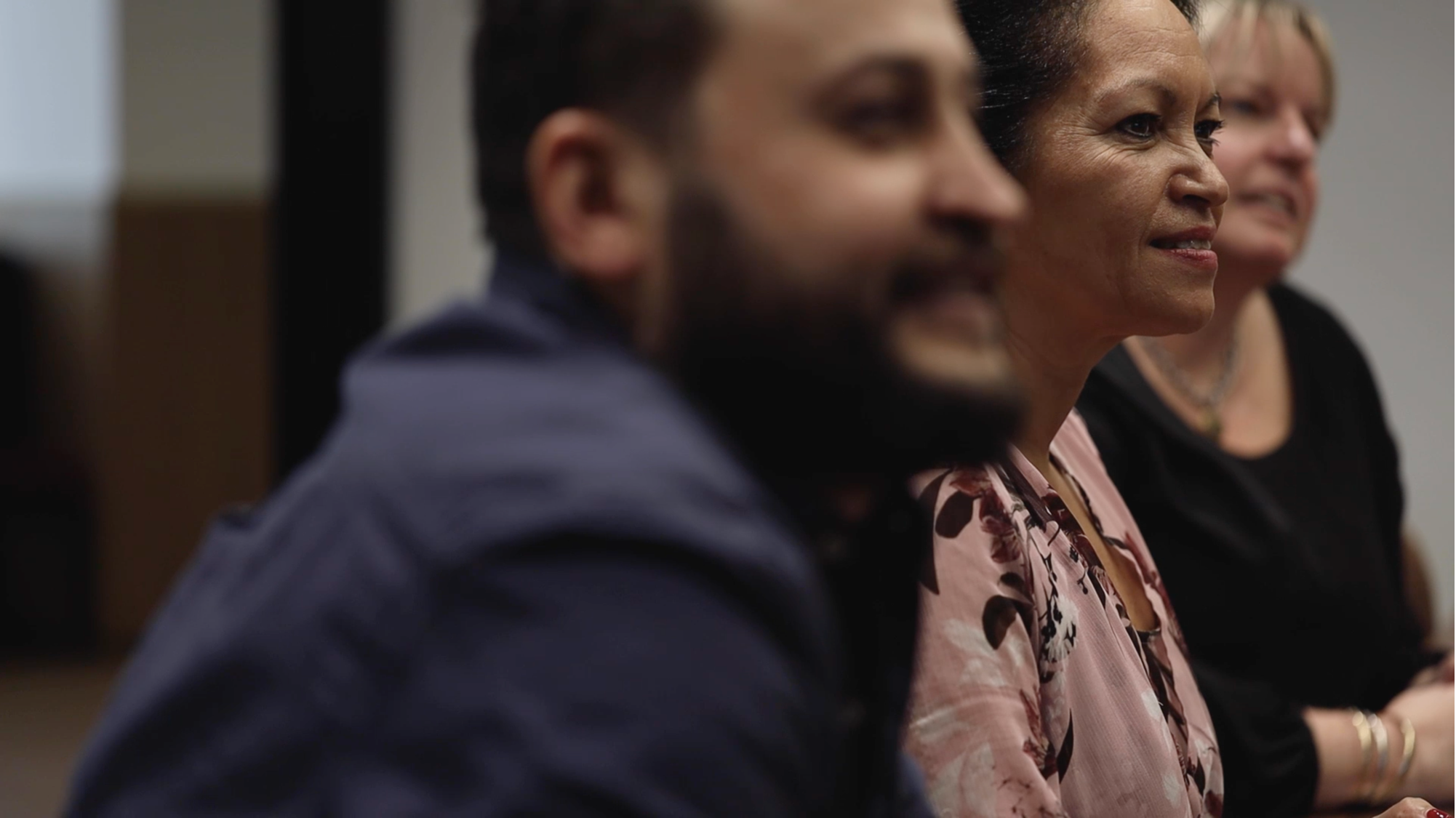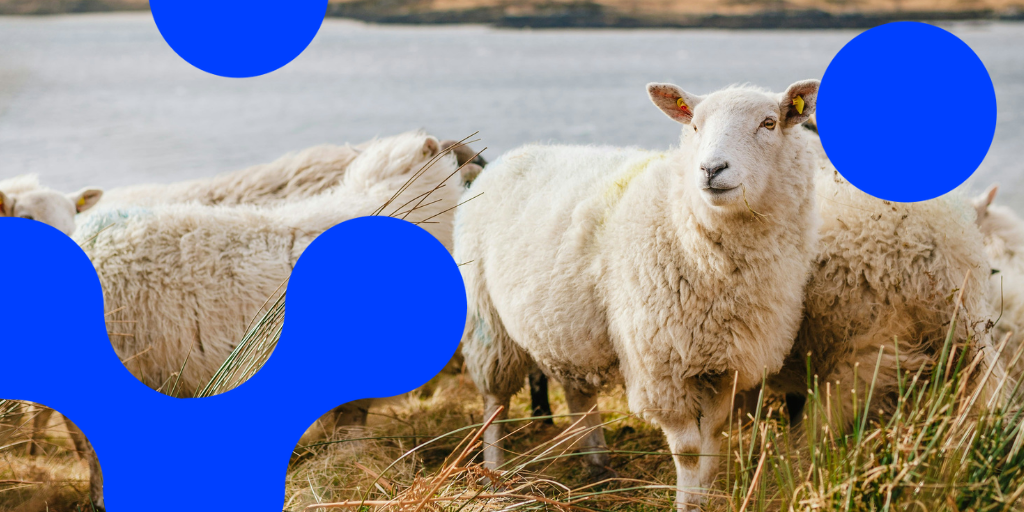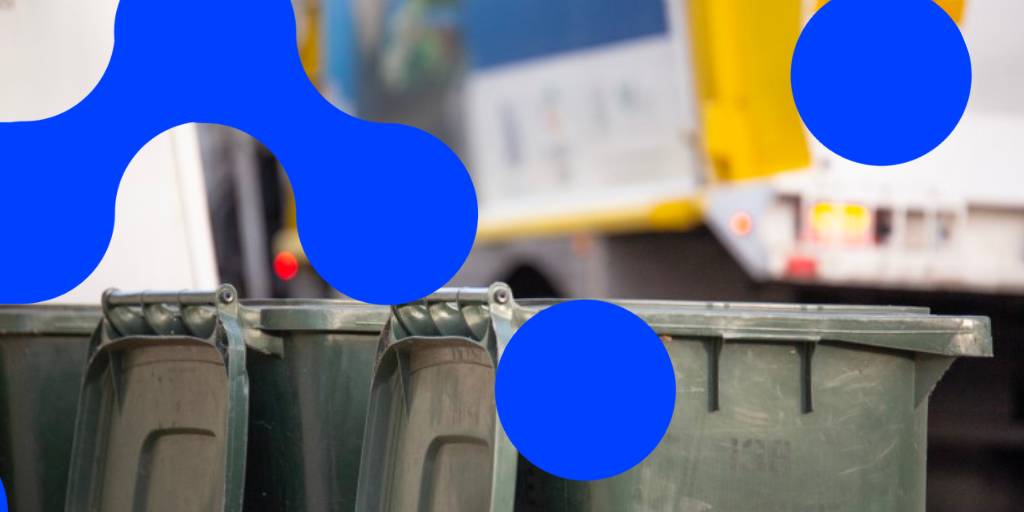Harnessing the power of AI to combat disease outbreaks in livestock.
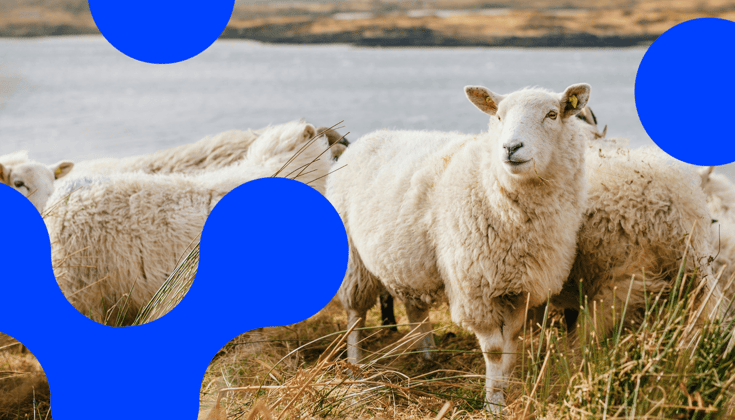
-
case study
Ingenum
Ingenum is harnessing the power of artificial intelligence to revolutionise the way we detect and respond to livestock diseases. Its solutions are already making a difference in New Zealand.
Veterinary data science start-up Ingenum has successfully fused its expertise in veterinary epidemiology and software development with its practical frontline experience and passion for agriculture and animal welfare.
Concerned by the possible devastating effect a mass disease outbreak could have on livestock, the farming community and the New Zealand’s economy, Ingenum realised It had a unique perspective on livestock animal health data and sought to develop an early warning system. The solution would help to detect notifiable diseases in livestock and enable authorities to launch a timely biosecurity response.
With the knowledge that tell-tale signs of disease may be hidden within the plethora of on-farm data being captured every day around the country, Ingenum partnered with Qrious to develop a solution harnessing artificial intelligence.

Lorem Ipsum
Lorem Ipsum
Lorem Ipsum
Lorem Ipsum
Lorem Ipsum
Lorem Ipsum
Lorem Ipsum

"We [Ingenum and Qrious] have a complementary but alternative skillset with a nice crossover. It is part of why this relationship is so good. There is a clear understanding of where we integrate, and a mutual trust and respect of our respective fields."
Tom Brownlie
Founder and Director, Ingenum
The Challenge
In 2001, Tom Brownlie was a fresh veterinary graduate. His initiation into the profession was a baptism by fire – Brownlie’s career began as a field vet amidst the UK’s devastating outbreak of foot-and-mouth disease, which led to the slaughter of more than six million cattle, sheep and pigs, and cost an estimated £8 billion.
The experience left an indelible mark on Brownlie and had a profound and enduring effect on farmers and the wider agricultural industry.
Fast forward to today, Brownlie is an experienced veterinary epidemiologist and data scientist in Otago, and founder of veterinary data science start-up Ingenum. Brownlie established Ingenum in 2016 following a stint in agritech. With the steady rise of on-farm technology – farms are being ‘wired up’ to monitor everything from animal health vitals and stock movements to soil make-up and weather patterns – he recognised the significant role that data could play in shaping the trajectory of disease prevention and biosecurity.
From his experience of analysing the aftermath of New Zealand’s 2017 Mycoplasma bovis outbreak, Brownlie knew that subtle signs of the disease existed 18 months before it was actually diagnosed.
When it comes to managing an outbreak, says Brownlie, time is of the essence. “The sooner a disease is detected, the less time it has to spread and the smaller the scale of response required.”
The challenge was to detect the signs – concealed within the mass of on-farm data – early on.
Integrating all of this data and deciphering the early warning signs would be a near-impossible task for people. Artificial intelligence (AI), however, is capable of interpreting all of these elements – simultaneously. So Ingenum secured funding from Callaghan Innovation and partnered with Qrious to develop an AI early warning system for disease outbreaks.
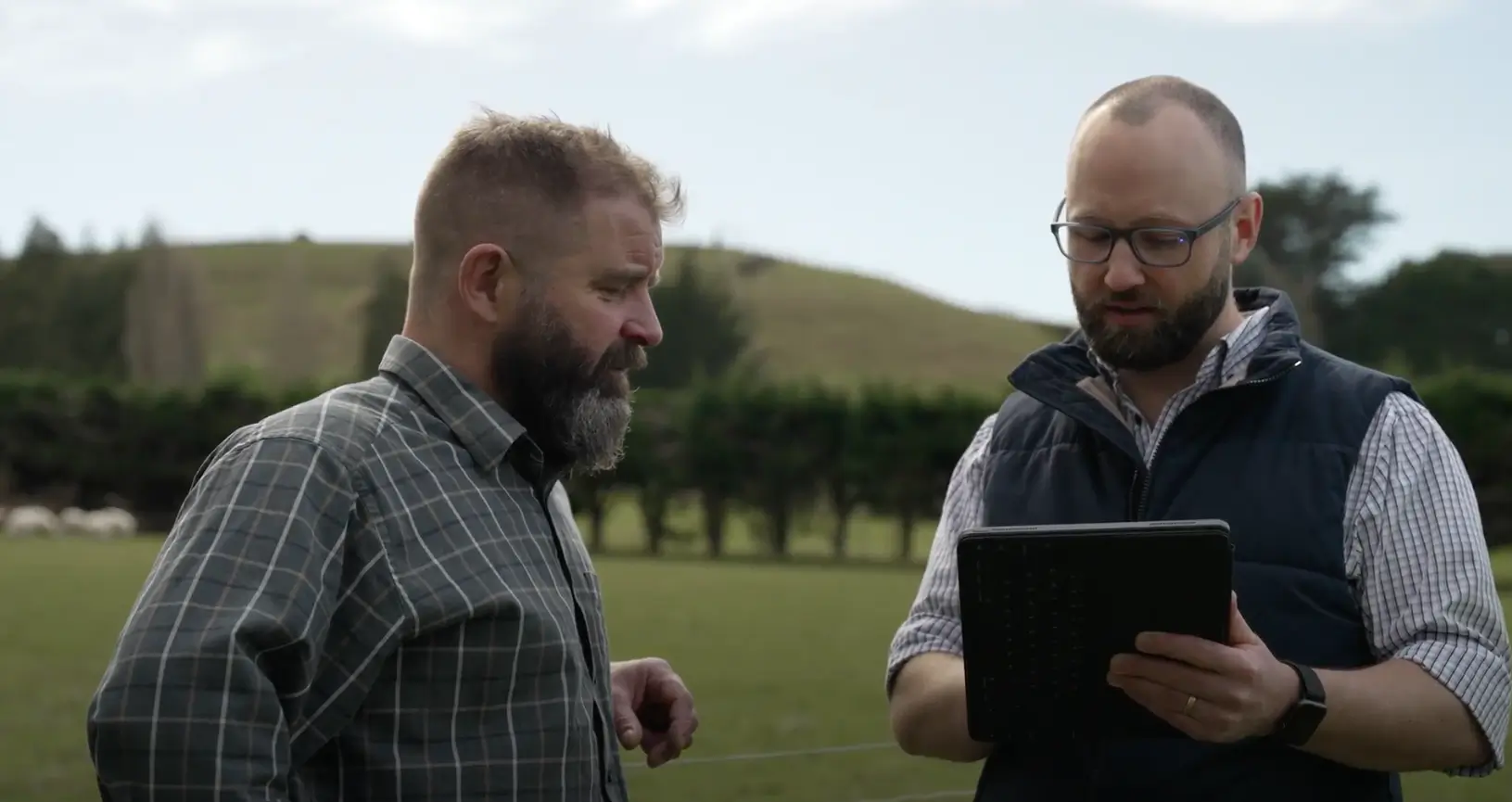
"We are just beginning to understand how far we can go with this technology. It's a really exciting path to be on."
The Solution
First, the team developed Sentinel-AI, a bespoke AI system on AWS comprising transformers and graph neural networks. It integrates inputs from multiple sources, including government agencies, veterinary practices, on farm-technology and abattoirs, and analyses the incoming data in real time while respecting the privacy of its sources.
In the process it develops a ‘picture’ of typical patterns of livestock health, from season to season, which allows it to detect and flag any anomalies that may be indicative of disease. Ultimately, it will enable all stakeholders including disease response teams to get ahead of the curve and make better-informed decisions in real time.
As with any artificial intelligence and machine learning application, Sentinel-AI’s performance relies on consuming vast amounts of data. Having built the application, the team’s challenge was to attract stakeholders to contribute their data to help train the model.
Those with the potential to have the greatest influence on Sentinel-AI’s development are livestock veterinarians. Vets are also in the frontline for capturing clinical data – a challenging task with limited tooling available.
Much of a livestock vet’s work is done in isolation, standing in a paddock trying to diagnose a farm animal; they jot down notes in a diary, throw it into the glovebox then drive on to the next job. At the end of the month, under pressure from the accounts team, they try to piece it all together to create an invoice.
“There was a eureka moment,” says Brownlie. Ingenum and Qrious recognised the opportunity to turn the problem into a solution and create a win-win for both vets and Ingenum.

"I've now completed live on-stage demonstrations of the technology at conferences in New Zealand and Australia. It’s led to really engaged conversations and invitations to visit veterinary practices. It wouldn't have happened without Qrious."
Tom Brownlie
Founder and Director, Ingenum
The Results
The combined technology solution has been a gamechanger.
“Thanks to Qrious’ support, we have built an early warning system and now have a vehicle to train it with,” says Brownlie. “And vets in the field can tell us whether or not our model is making sense.”
Better still, the enhanced offering has opened the door to other new opportunities.
“On the technology side, we never had a problem. Qrious has ensured we are always using the latest cutting-edge modelling techniques,” says Brownlie. “Our challenge has been to bring other people on the journey with us and build a critical ecosystem of data sources around it.
“The addition of MaVIS to Sentinel-AI has sparked a huge amount of engagement with other groups that we wouldn't have achieved if we'd just built the early warning system.”
The team’s next challenge is to understand all of the downstream applications MaVIS can offer. “Every time we talk to a different group, they've got their own ideas about where we can take it.”
Ingenum will launch the technology in Australia soon and has ambitions to take it global.
Latest Case Studies
We’re in it together
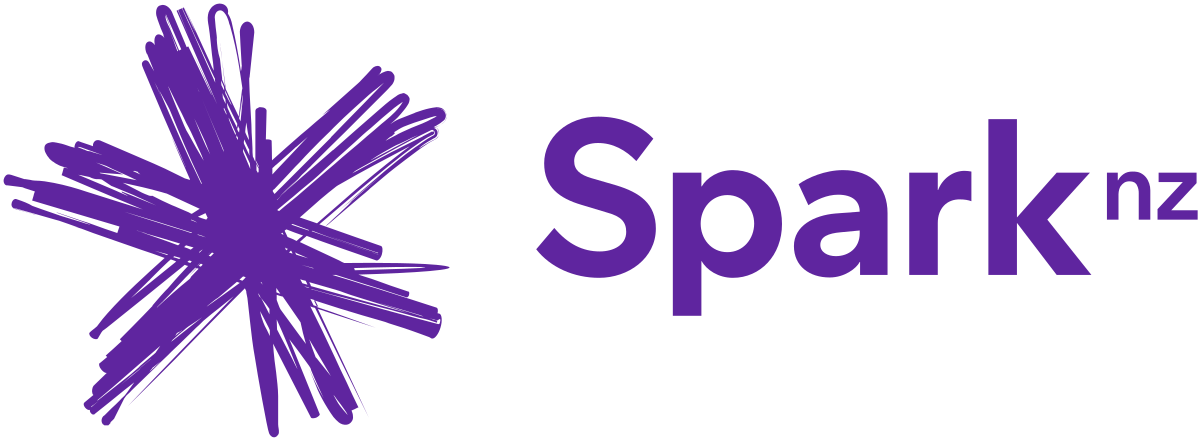






Let’s start talking
If you’re ready to tap into the power of data, analytics and AI, we're ready to help. The first step is understanding what you need, so let’s start that conversation.
